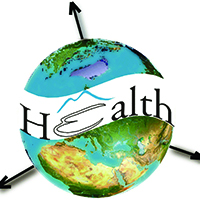Risk mapping and estimation of COVID-19 transmission in South Sulawesi, Indonesia by a self-identification survey

Submitted: 4 July 2021
Accepted: 15 February 2022
Published: 18 March 2022
Accepted: 15 February 2022
Abstract Views: 1548
PDF: 230
HTML: 28
HTML: 28
Publisher's note
All claims expressed in this article are solely those of the authors and do not necessarily represent those of their affiliated organizations, or those of the publisher, the editors and the reviewers. Any product that may be evaluated in this article or claim that may be made by its manufacturer is not guaranteed or endorsed by the publisher.
All claims expressed in this article are solely those of the authors and do not necessarily represent those of their affiliated organizations, or those of the publisher, the editors and the reviewers. Any product that may be evaluated in this article or claim that may be made by its manufacturer is not guaranteed or endorsed by the publisher.

 https://doi.org/10.4081/gh.2022.1034
https://doi.org/10.4081/gh.2022.1034






